Hash Marks are an essential element of the football field. We discuss the history of hash marks and how they changed the history of football.
No Formalized Scheduling Rules in Early NFL
In the NFL’s early years, there were no formalized scheduling rules. Some teams played more games than others, and the team considered to have the best overall record was declared champion, sans playoff. Adding confusion was a crazy agreement to disregard ties when determining the NFL champion. The 1932 season brought this mishmash to a pinnacle.
What the heck does all that have to do with hash marks? Well, the 1932 season ended with the Chicago Bears and Portsmouth Spartans tied with 6 wins and 1 loss. Forget that the Bears played to 6 ties and the Spartans 4, including two against each other. Unable to determine a champion on paper, the NFL blazed a trail college football would follow a scant 80 years later and held a playoff.
Really Now, What Does That Have to Do With Hash Marks?
The championship game was scheduled to be played at Chicago’s Wrigley Field, but brutal weather forced the game indoors, to the NHL’s Blackhawks home, Chicago Stadium. Situated for hockey rather than football, the playing area was only 80 yards long and much narrower than usual, with hockey boards acting as sidelines. At least sod was already installed for the playing surface, the benefit of a recent circus needing it for elephant routines.
Football rules of the day were similar to golf in that plays began at the exact location the previous play ended, rather than placing the ball toward the middle of the field. If you were tackled 5 yards from the sideline, that’s where the ball was snapped. Hockey boards cramped the logistics of ball placement for this game, so the offense was given the choice of starting plays on the hash marks. Choosing the option would cost the offense a down. The Bears beat the Spartans (now the Detroit Lions) 9-0, fueled by a Bronko Nagurski to Red Grange touchdown pass that might have been overturned by today’s instant replay (given conclusive evidence, of course).
The game influenced several rule changes the NFL made in the offseason, including the decision to regularly initiate plays on the hash marks. The 1933 and ’34 seasons would use hash marks 10 yards from the sidelines, stretching to 15 yards in 1935 and 20 yards in 1945.
How Hash Marks Changed the NFL Forever
The Miami Dolphins weren’t the only ones making history in 1972. Alarmed that 75 fewer touchdowns were scored in 1971 than in 1969, the NFL moved the hash marks closer together, to over 23 yards from the sidelines, less than 20 feet apart. The change ignited a power shift from defense to offense that remains in effect to this day.
The league continued to limit defense with rule changes since, but squeezing the hashes opened up the field, forcing defenders to cover more ground on each play. Before the hash marks closed in, the defense could count on one side of the field being several yards narrower than the other, leading to the classic saying, “Old Man Sideline never misses a tackle.”
It took a few years for the passing game to detonate, but the NFL’s running game exploded. Thirteen teams rushed for over 2,000 yards in 1972, and two others plowed for 1,995+. Comparatively, only 12 teams reached the 2,000-yard plateau over the course of four seasons, 1967-70. Individually, ten rushers gained over 1,000 yards in 1972, compared with only 2 in 1970 and 1 each in ’67-69. O.J. Simpson totaled 1,927 in his three-year career before tighter hash marks, then burst for 1,251 and 2,003 in wake of the new field design.
Embed from Getty ImagesHow Hash Marks Changed the NFL Special Teams
The change even helped special teams. “In the old days, those hash marks were a lot wider. They moved them in to help offenses and inadvertently helped the kickers,” former NFL kicker Chris Bahr told The Game Before the Money. He then pointed out how hash marks now line up directly with the goal posts. Ray Wersching, the San Francisco 49ers kicker throughout their glory years with Joe Montana, would keep his head down and aim between the hashes rather than peer up at the goal posts.
Summary
The humble hash mark played a key role in pro football’s development, subtly yet profoundly shaping the modern game. Imagine the Houston Oilers Run-and-Shoot offense or the Rams “Greatest Show on Turf” with the ball placed 10 yards closer to the sideline at the start of a play. Would immortal plays such as the “Hail Mary” and “The Catch” have seen different outcomes had players lined up on the short side? Would great open field runners such as O.J. Simpson, Eric Dickerson, and Barry Sanders have racked up quite as many yards on unbalanced fields?
Hear More on The Game Before the Money Podcast:
Looking for a great NFL history book? Check out The Game Before the Money: Voices of the Men Who Built the NFL available at — Amazon.com – Barnes and Noble – University of Nebraska Press
Like sports history? Listen to The Game Before the Money Podcast! Most episodes include stories from legendary football stars.
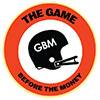
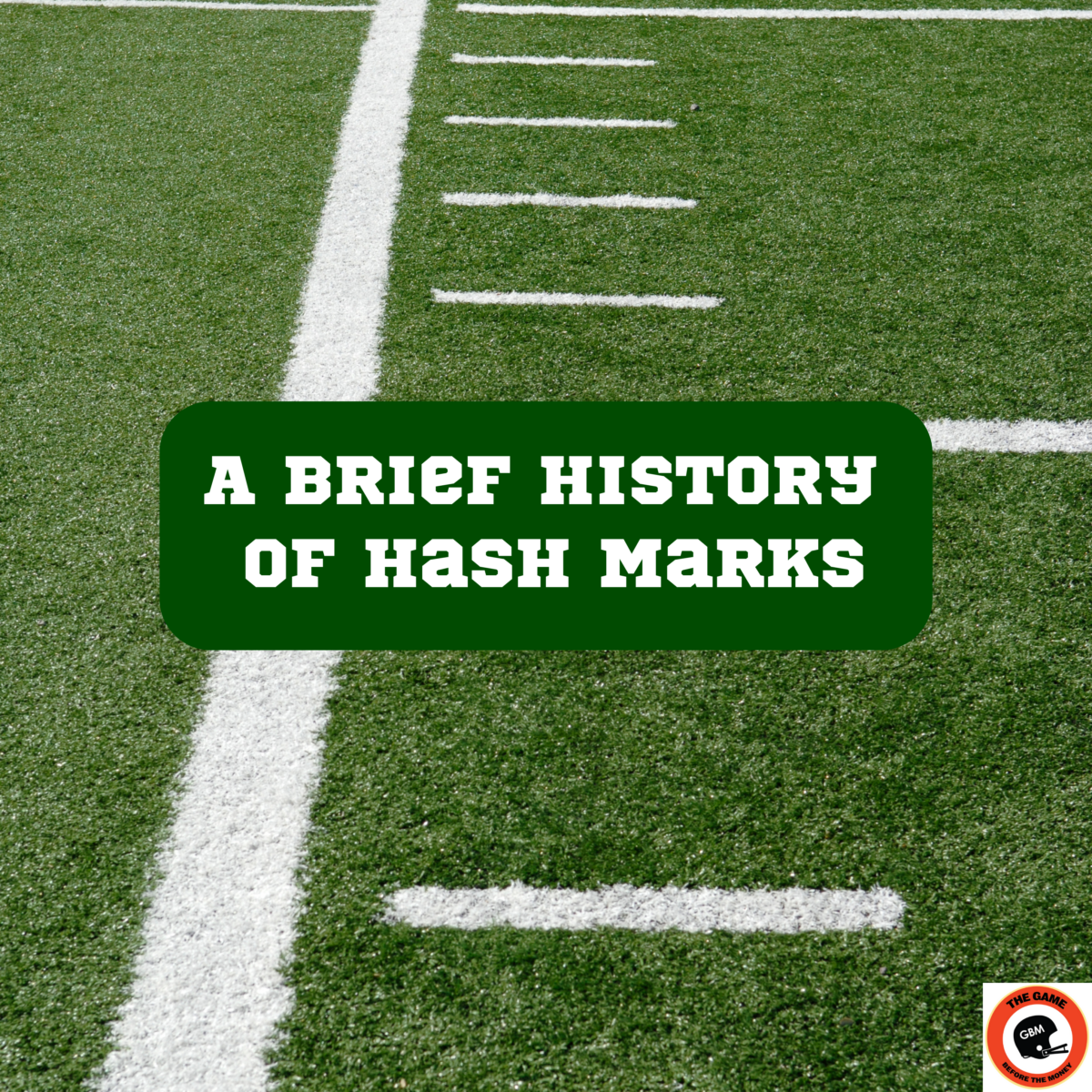
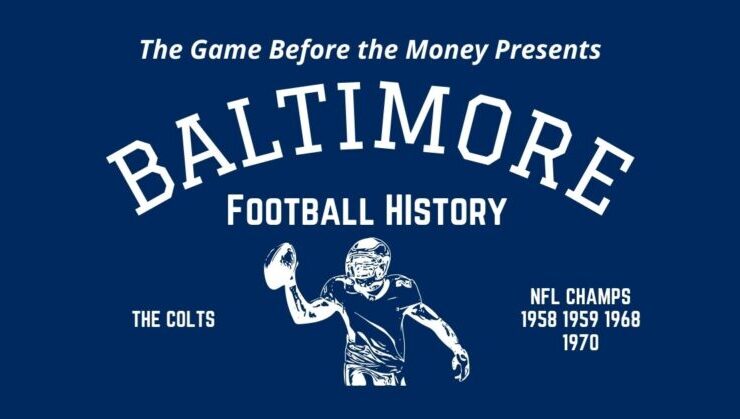
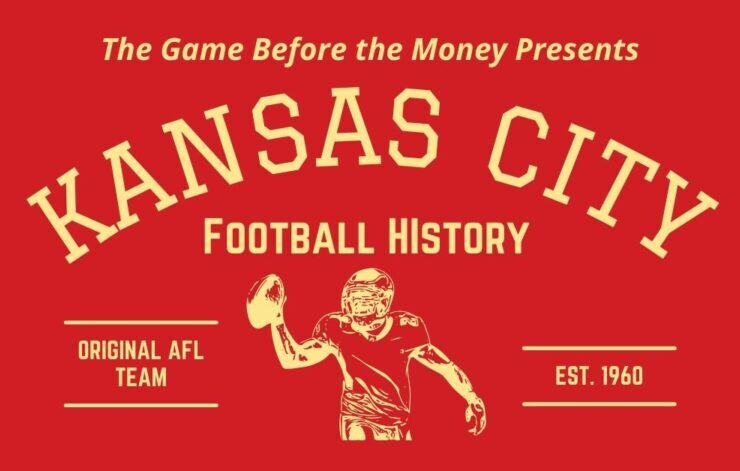
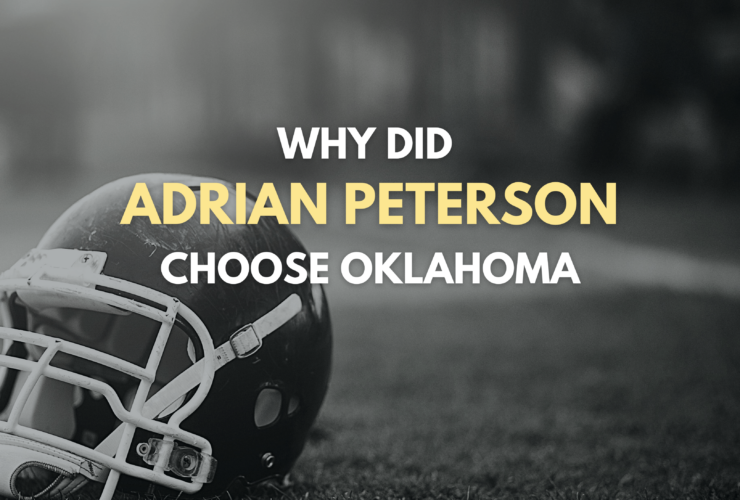
Permalink
It’s interesting you bring that up. Football now seems to be going through a similar copy fad with punters — the Rugby style punter. This of course doesn’t have anything to do with the hashmarks, but it’s noteworthy to compare that to the influx of “soccer-style” kickers post-Gogolak.
I agree that moving the hash marks did hasten the elimination of the straight ahead kicker. Owners at the time were not stupid. Because field goal efficiency before the hash marks were moved was less than 60%, owners, coaches and anybody connected to the game was looking for a way to increase that efficiency, by finding a kicker who could kick more at an angle in order to make the field goal. I am old enough to remember reading about the owner of the Buffalo Bills finding such a kicker who kicked “soccer style”, had a strong leg and could kick long distances. That was Pete Gogolak. Once he proved that that style of kicking worked, every team in the NFL copied it, and went with a soccer style kicker. Then in the 70’s the hash marks were moved closer in, not because of any real problem with the game, but solely for the owners to make more money, by creating more offense, more points thereby putting more people in the stands. This was beginning of the decline in defense. Now, with the hash marks so close in, why do we need soccer style kickers. It would seem that at some point in time, the owners are going to realize that they could save space on their team, by allowing a true conventional kicker to kick field goals who happens to be an offensive or defensive linemen, just like it used to be.
I wish the NFL would move the hash marks back where they were in the late 60’s, the game was much more exciting then it is now.
I don’t think the hashmarks have any impact on the kicking game. Rugby players have to kick from even more severe angles than football players on wide hashmarks. The equivalent of the Extra Point in rugby is kicked from wherever the player who scored the try (TD) placed the ball on the ground after crossing the line – if that is 1 foot from the sideline, that’s where the kick is aligned. The kicker is allowed to move any distance back to improve his angle, but these kicks are still often at much steeper angles than any football kicker ever had to kick, and they kick “soccer style”.
Thank you for the kind words….very appreciated!
Moving the hash marks inside also hastened the decline of the straight-ahead place-kicker. With the old settings, precise kick angling (similar to the angles involved in shooting pool) was as important as distance, so the kicker needed to “guide” the ball with the old “educated toe.” The soccer-style kick, with a wider foot surface meeting the ball and additional leverage, has dominated ever since the hash marks were moved in.
We’re very impressed with your book and your site. Keep up the good work.